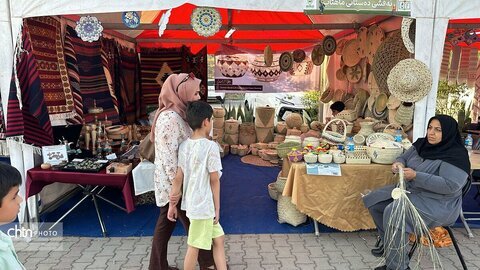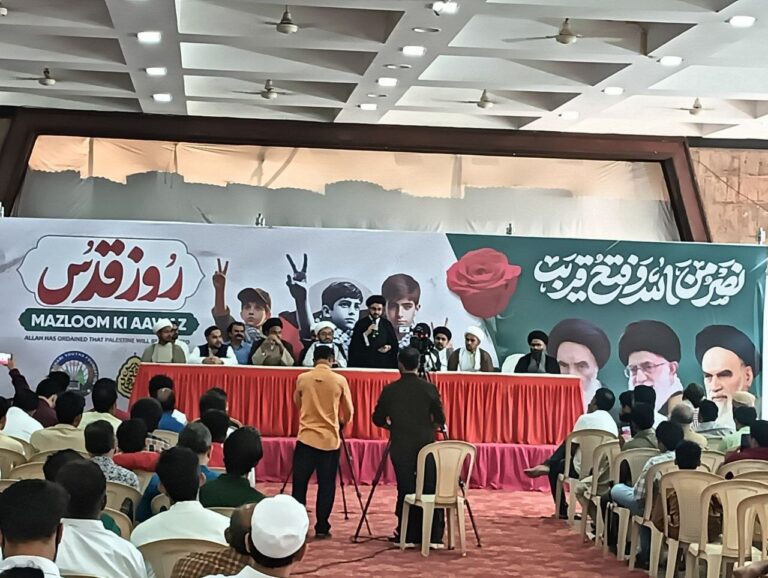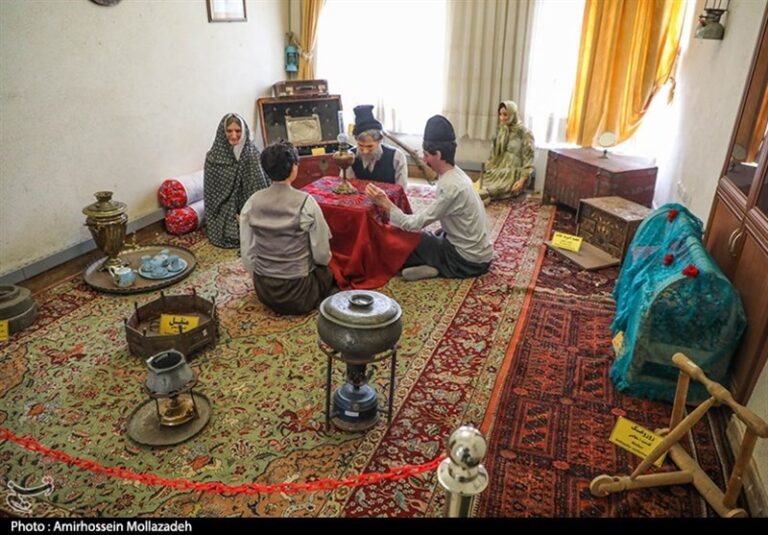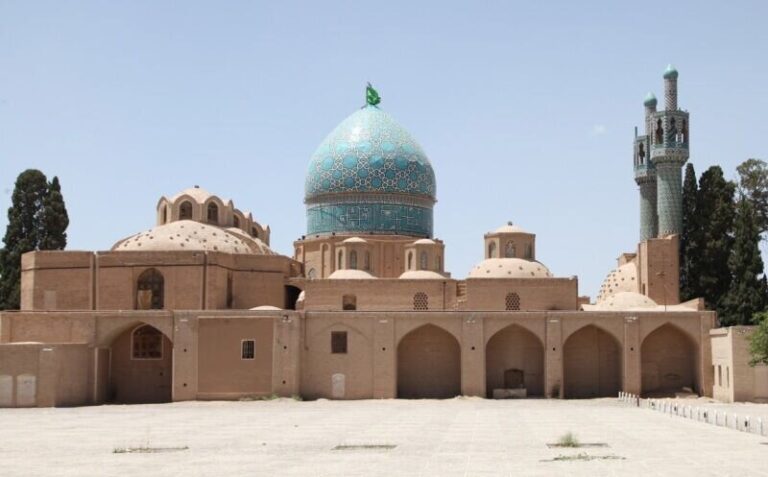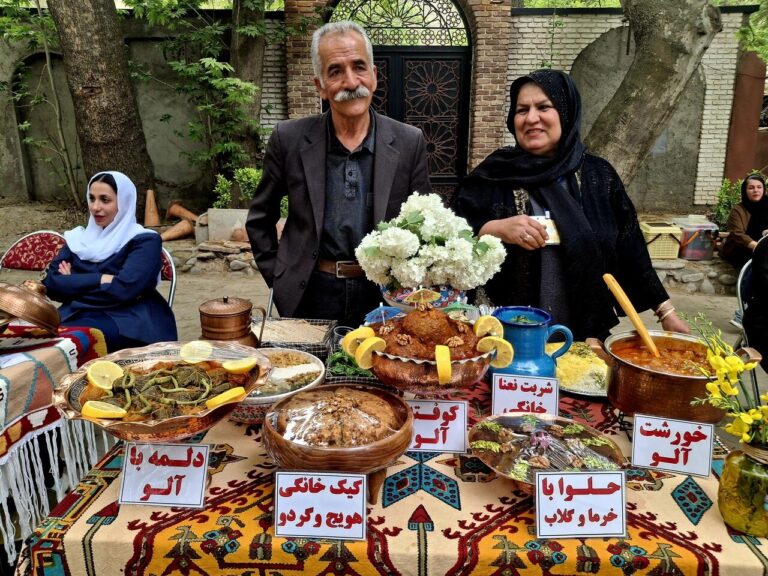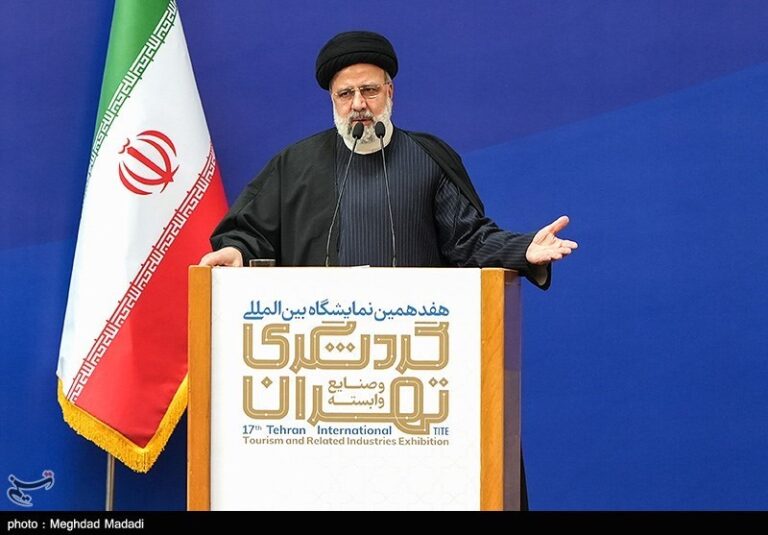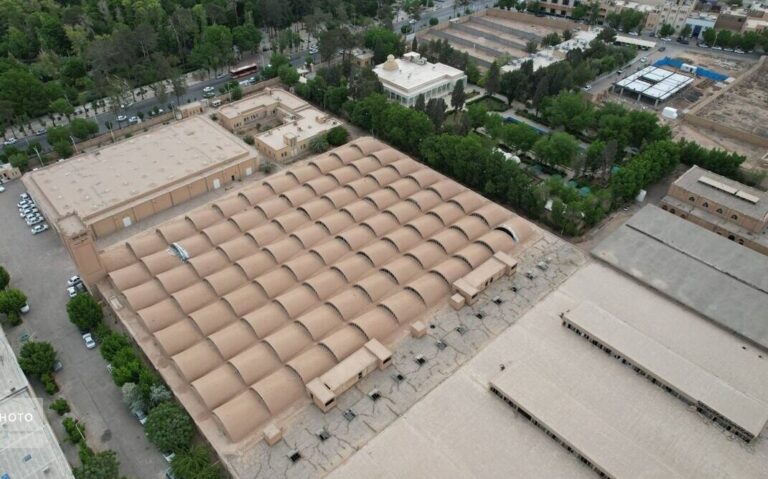Sulaymaniyah Showcases Stunning Iranian Handicrafts in Vibrant New Exhibit
The recent handicrafts exhibition in Sulaymaniyah, Iraq, showcased a vibrant array of traditional arts and crafts, highlighting the rich cultural heritage of Iran. Organized in collaboration with Iran’s Ministry of Cultural Heritage and supported by the Kermanshah Cultural Heritage Department, this event was a remarkable platform for artisans to connect and share their crafts. Held from May 21 to 24, the exhibition featured a diverse participation of 130 artisans from 31 provinces of Iran, as reported by Mohammad Jourand, the director general of Khuzestan’s cultural heritage department.
During the four-day exhibition, two notable artisans from Khuzestan, Maryam Takhtaeepour, specializing in kapubafi, and Hadis Baqerianzadeh, known for her exquisite turquoise carving, represented their region. Their participation contributed to the event’s success and the promotion of Iranian handicrafts.
According to Mohsen Ziaei, the Caretaker of Fars Cultural Heritage, Tourism, and Handicrafts Department, the Sulaymaniyah fair provided an excellent opportunity for Fars artisans to introduce their unique crafts and explore new market possibilities. Fars artisans set up six stalls, showcasing a variety of traditional crafts, including:
- Seven-color tiles
- Painting
- Khatam (inlaid work)
- Abadeh carving
Furthermore, Abbas Hamzeie, the Deputy Head of Lorestan Handicrafts Department, highlighted the significant presence of Lorestan artisans at the exhibition. The Qalb-e Zagros, a non-governmental organization representing Lorestan artisans, played a pivotal role in this initiative. Hamzeie noted that the Lorestan pavilion featured an impressive collection of artworks from 20 artisans, including:
- Kilim weaving
- Turquoise carving
- Intricate enamel works
- Traditional musical instruments
- Leather products
- Local attire
The display captivated visitors, showcasing the richness and diversity of Iranian handicrafts. In addition to the exhibitions, a cultural carnival was held on the sidelines, aimed at introducing various Iranian clans and their unique artistic contributions.
This event not only facilitated networking among artisans but also fostered cultural exchange, enhancing the appreciation for Iranian craftsmanship. The participation of artisans from different provinces underscores the collaborative spirit among regions in promoting their heritage.
Overall, the Sulaymaniyah handicrafts exhibition served as a significant platform for artisans to gain visibility and access new markets. It also highlighted the importance of cultural events in preserving and promoting traditional crafts. As artisans continue to engage in such fairs, the future of Iranian handicrafts looks promising, with opportunities for growth and innovation.
In conclusion, the exhibition in Sulaymaniyah was a successful endeavor that brought together artisans from various provinces, showcasing their talents and promoting Iranian culture. Such events are vital for the sustainability of traditional arts, offering artisans the chance to thrive in a competitive market while keeping their cultural heritage alive.
